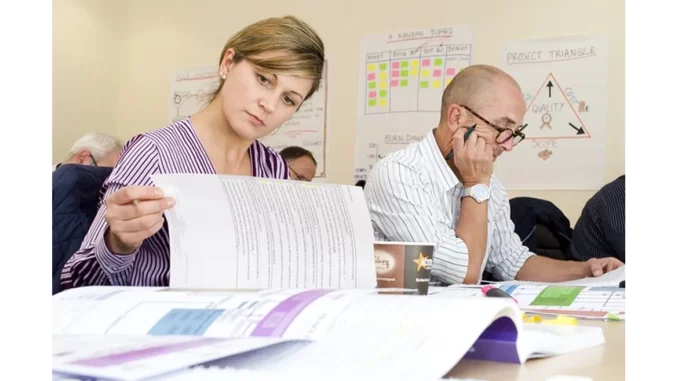
In the world of sustainable construction and building efficiency, BREEAM (Building Research Establishment Environmental Assessment Method) has become a benchmark for excellence. To delve deeper into this intricate system, I recently had the pleasure of sitting down with Emily Harris, a seasoned environmental consultant with over a decade of experience in guiding projects through the labyrinth of BREEAM certification. Our conversation was both enlightening and inspiring, as Emily shared her insights from the initial advisory stages to the final certification, and what it means to truly embrace sustainability within the built environment.
Discover how Focus360 Energy can help with BREEAM certification.
Emily’s journey into the realm of BREEAM began in the early 2010s. “I was always passionate about sustainable architecture,” she remarked, her eyes alight with enthusiasm. “When I first started, there was a limited understanding of what BREEAM could offer. It was seen as just another hurdle rather than a valuable tool.”
She explained that the initial advisory phase is crucial. “It’s all about understanding the project’s aspirations and aligning them with BREEAM standards,” she said. “This is where we establish the groundwork, ensuring that sustainability is integrated into the design from the onset.” According to Emily, this stage involves a lot of collaboration with architects, engineers, and clients to set realistic goals and expectations.
One of the key services offered during this phase is the BREEAM pre-assessment, a preliminary evaluation that helps identify potential challenges and opportunities for achieving desired ratings. “It’s a bit like a roadmap,” Emily illustrated. “You need to know where you’re starting from and where you want to go to make the journey as efficient as possible.”
As Emily elaborated on the transition from advisory to testing and certification, she highlighted the importance of continuous engagement. “Testing and verification are not just about ticking boxes,” she noted. “They provide a chance to validate the performance outcomes we’ve been aiming for. It’s an iterative process that involves rigorous checks and balances.”
Throughout our conversation, Emily emphasised that BREEAM is much more than a certificate; it represents a commitment to excellence and sustainability. “Each project is unique, and so are its challenges,” she asserted. “The beauty of BREEAM is that it’s adaptable. It caters to a variety of building types and scales, allowing us to tailor our approach.”
She also touched upon the role of the BRE Academy, an educational arm of the Building Research Establishment, which plays a pivotal role in equipping professionals with the knowledge and skills needed to navigate the complexities of BREEAM. “Education is key,” she said. “Through seminars, workshops, and courses, the Academy ensures that everyone involved is up-to-date with the latest practices and innovations.”
Emily’s dedication to her work was evident as she described the sense of achievement that comes with completing a project. “Seeing a building come to life, knowing that it meets BREEAM standards, is incredibly fulfilling,” she admitted. “But beyond the personal satisfaction, it’s about contributing to a greater cause—minimising environmental impact and promoting sustainable practices.”
Towards the end of our discussion, Emily spoke about the tangible symbols of BREEAM certification, such as plaques and certificates, which serve as a testament to a building’s commitment to sustainability. “These are not just decorative pieces,” she clarified. “They communicate to the world that this building is part of a global effort to create a more sustainable future.”
As our conversation drew to a close, Emily reflected on the evolving landscape of sustainability in construction. “There’s still a long way to go,” she mused. “But with frameworks like BREEAM, we have a strong foundation to build upon.”
My interview with Emily Harris was not just an exploration of BREEAM certification but an insightful journey into the heart of sustainable development. Her experiences and perspectives offered a glimpse into the meticulous processes that go into creating environmentally-responsible buildings. It was a reminder that sustainability is not merely a destination but a continuous journey that requires dedication, innovation, and collaboration.
By sharing Emily’s story, I hope to have shed light on the vital role of BREEAM in shaping the future of construction and inspired others to consider the impact of sustainable practices in their projects.
Lewis Davis


Be the first to comment